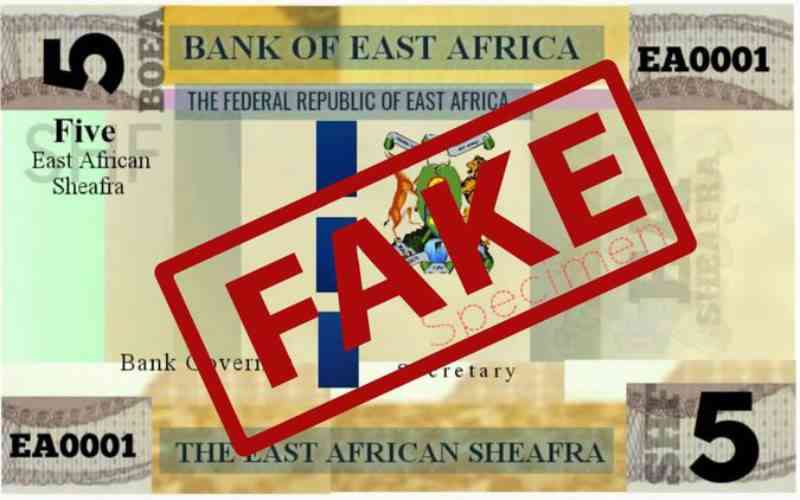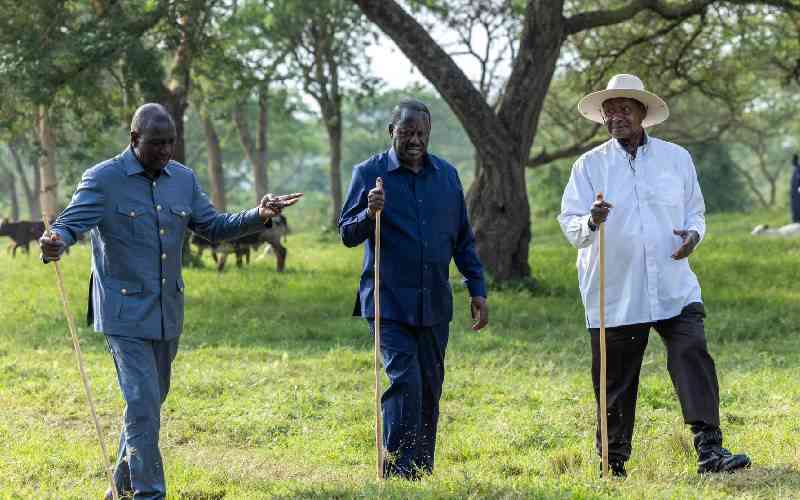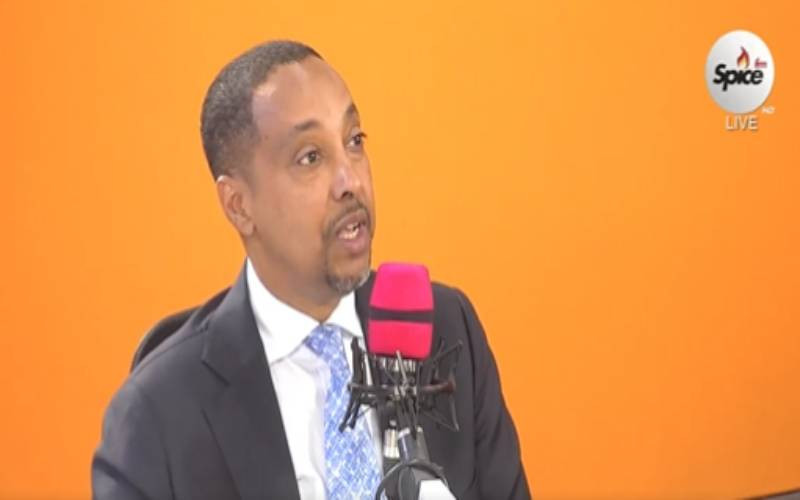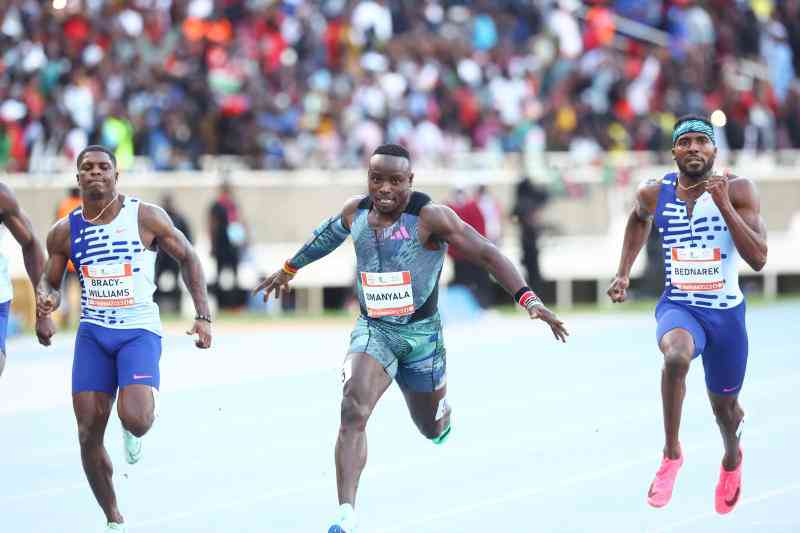The five member countries of the East African Community have just concluded electing their representatives to the East African Legislative Assembly (Eala) through a process that was more structured and democratic than the ones before. Essentially, political parties are becoming more central to the choice of the community legislators and the national Parliaments more responsible for the legitimacy of these members.
While this is a positive move in the right direction, we need to move even further and bring the East African people to centre stage in the political affairs of the community. After all, there seems to be a quiet consensus among the people that a political union would take us much further in economic integration and development.
Indeed, looking back to the 1960s and 1970s when movement of people in East Africa was not hindered in any way by territorial boundaries and unnecessary bureaucracies at our borders, one would think that this road towards political unity was there originally and recapturing it should not be rocket science.
The point of departure should be a direct election of the representatives to the Eala by the people of East Africa. The process can be very simple. During the General Elections in each member State, there should be candidates who stand for Eala from specific regions of each member State. In the case of Kenya, the counties would be grouped into nine sets regionally. Nairobi County, since it is very populous, would have it’s own Eala representative.
The other 46 counties would then share the eight remaining candidates. The IEABC would be responsible for grouping the counties through a fair and representative formula. That the member states have their national elections at different times should not worry us. If anything, overlapping membership, as happens in the US Senate, is good for continuity so that all members are not elected at once. Once we finish with electing Eala members in this way, we should aim at electing the East African president directly by the people. This would mean candidates campaigning in all the five member States. Obviously political parties sponsoring such candidates would have to make alliances across borders. This would be a very effective way of creating an East African political union than the current top-down approach. When the community collapsed in 1978, we were way ahead of the European Economic Community (EEC) in many ways. The EEC learnt a lot from our structural and political problems, overcame them and there is now a European Union that is a much more serious body than our own African Union. To slip, however, is not to fall. East Africa must now run while Europe walks if we are going to make up for the time already lost.
We should not be content with ritualistically electing representatives to Eala when we do not bother about following up on their achievements and performance. The members go to Arusha as politicians to first and foremost advance the political agenda of East African unity. Right from the beginning these new members should clearly demonstrate their Pan-East African credentials and commitments before we ask them about their Pan-African visions. After all it is the bigger vision that matters. Without it the details simply amount to very little. The immediate expectation in each member state is for the current representatives to have a process and system of reporting to their respective Parliaments.
Just like we have our budgets read at the same time in all the member states, there should be at least two days every month when the Eala members report to their respective Parliaments and respond to questions from MPs. The Foreign Affairs and Defense committees – or their equivalents¬¬ – in the respective Parliaments should take the East African agenda as a priority. It is very telling that such committees may insist on going to see their sister committees work in Britain, USA or Germany when they have never bothered to go and see how their real sisters work in the member states in the community.
That implies, of course, that we need to change our priorities and our political culture if we are truly going to champion the course of East African unity and integration.
This goal should not be pursued mechanically, ritually or lackadaisically; it should be purposeful, ideological and result oriented. A lot, of course, will depend on political parties that will emerge to champion East African unity and Pan-Africanism and the people they will elect to Eala. At the moment there is very little East African consciousness among political parties in our five member countries.
I propose a conference for leaders of these political parties to discuss prospects of East African unity in our lifetime. Our lifetime is, of course, relative depending on the average of political leadership in our countries. But I would presume 2030 as the outer limit of our ambition for East African unity. If that is the case then we really do not have much time to waste. We need to move with speed. And this we can do if a small group of people comes together to share these ideas and to take the initiative of organising such an encounter.
In any case, without necessarily assuming that history can repeat itself, the Pan-African movement that was initiated by Kwame Nkrumah, Mzee Jomo Kenyatta and their other colleagues was not an initiative of a crowd. So have been many other major initiatives in the history of humankind. Let us hope that sooner rather than later we shall realise the unity dream in East Africa by treading similar paths.
 The Standard Group Plc is a
multi-media organization with investments in media platforms spanning newspaper
print operations, television, radio broadcasting, digital and online services. The
Standard Group is recognized as a leading multi-media house in Kenya with a key
influence in matters of national and international interest.
The Standard Group Plc is a
multi-media organization with investments in media platforms spanning newspaper
print operations, television, radio broadcasting, digital and online services. The
Standard Group is recognized as a leading multi-media house in Kenya with a key
influence in matters of national and international interest.
 The Standard Group Plc is a
multi-media organization with investments in media platforms spanning newspaper
print operations, television, radio broadcasting, digital and online services. The
Standard Group is recognized as a leading multi-media house in Kenya with a key
influence in matters of national and international interest.
The Standard Group Plc is a
multi-media organization with investments in media platforms spanning newspaper
print operations, television, radio broadcasting, digital and online services. The
Standard Group is recognized as a leading multi-media house in Kenya with a key
influence in matters of national and international interest.









